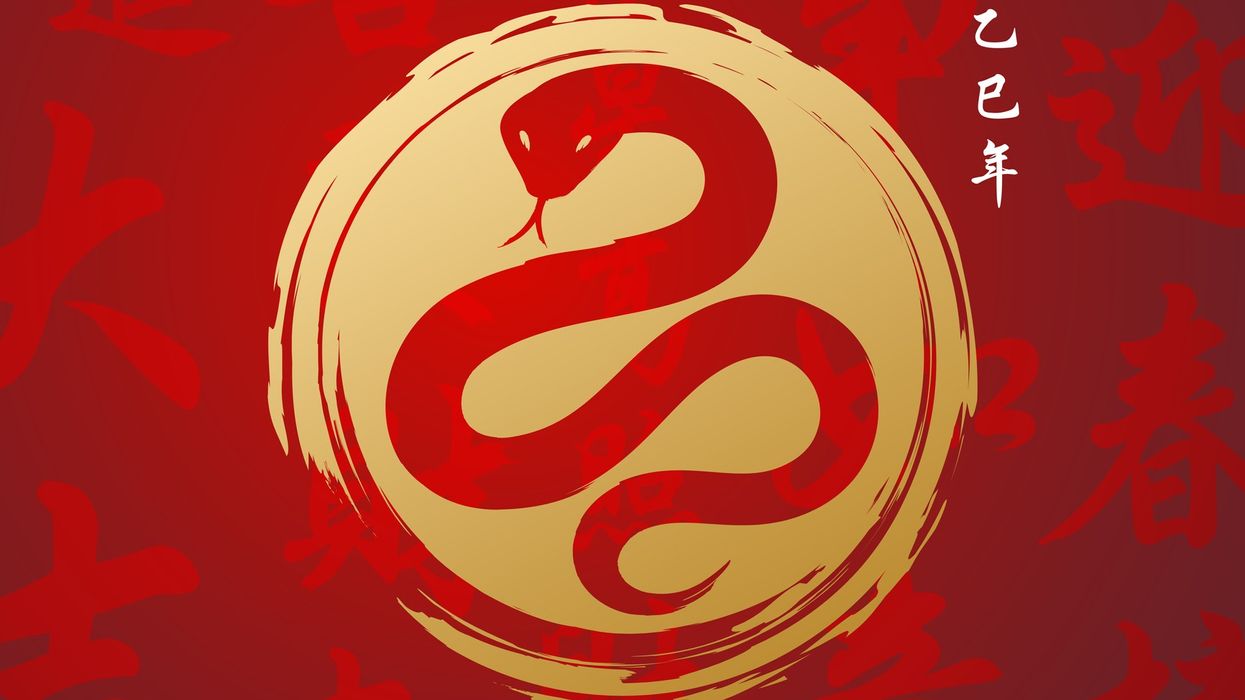THE acclaimed theatre play, 10 Nights, has returned for a UK tour, which runs at the Omnibus Theatre in London until February 21 before moving to Bristol, Hayes and Leicester.
The story of a spiritual sleepover in a mosque revolves around topics of faith, friendships, forgiveness and the future. Azan Ahmed has taken up the challenging role in the one-man production. This adds to his diverse body of work, which ranges from theatre to appearing in season three of the popular ITV series, Van Der Valk.
Eastern Eye caught up with the award-winning actor to talk about the play, theatre and acting.
What first connected you to acting?
I got into acting on a dare. Back in year seven, a friend dared me to put myself forward for a school play. He said he’d give me 50 pence if I did it, so I did. It could have bought you a lot back then. To my shock, I was cast as the lead and the teacher wouldn’t let me drop out.
Tell us about your new play.
10 Nights is a story about faith, fractures and failures. Yasser impulsively decides to do itikaf, isolating in a mosque during the final 10 nights of Ramadan. As he navigates smug worshippers and recurring chunky chip cravings, he must also confront parts of himself he’s kept hidden. It’s a funny, moving play which was nominated for an Olivier Award.
How would you describe your character in the play?
Yasser is reactionary, cheeky and conflicted. He feels like an imposter in the mosque. A fake Muslim. He’s struggling to pick up pieces of himself after a huge loss. But he’s too proud to ask for help.
What was the biggest challenge in playing this role?
The primary hurdle has been maintaining energy and truth while playing every single character in the play. Having to paint the entire picture live is so galvanising, but also tiring. Every part needs to feel colourful, but also relatable. Performing this show is like an emotional, physical and spiritual workout.
Do you have a favourite moment in the play?
If I had to pick one, there’s a moment of release and admission when Yasser takes off all the armour he’s been guarding himself with. This scene made me weep when I first read the script. It’s special, like the whole play. You can clearly see why it was nominated for an Olivier.
Who are you hoping connects with your play?
The story is about the will to change and the strength of community – it’s for everyone. It’s got a charm and heart which transcend borders and language. You don’t have to be Muslim to enjoy it, but I hope Muslim audiences feel seen and safe. We’ve got creative captions in English and Urdu too.
What, according to you, makes for good theatre?
I’m no expert, but I think theatre should rattle, inform and entertain. It should make us question and care.
Tell us about the most memorable theatre play which you have watched?
One of the first plays I watched was The Jungle. I’d never seen people who look like me experience joy on stage before. I remember hugging the stranger next to me at the end of the show – we felt like we’d really been taken on a journey. It felt so radical to me at the time.
Do you ever get nervous before going on stage?
I used to be a mess. I’d be dry-heaving, trying to go through all my lines before every show. Nowadays, I’m a lot less dramatic. I always pray before a show – it’s soothing. The Maya Angelou quote ‘I come as one, but I stand as ten thousand’ brings me a lot of comfort. I imagine my ancestors and all those actors who have been on the same stage, willing me on.
What inspires you as an actor?
My dad inspires me. His strength and life so far contain a million stories that need to be told. He’s a living example that each person contains multitudes – you just have to spend enough time with them. I try to keep that in mind for each role I get to play.
I’m excited by actors who always keep you guessing with their choices. Riz Ahmed, Viola Davis, Barry Keoghan, Daniel Kaluuya and Anjana Vasan are fantastic. Director-wise, I love how innovative Nida Manzoor, Bassam Tariq and Denis Villeneuve are.
Why should we come and watch this new play?
First, you need to watch this play because you deserve a good night out. Second, we’re in a time where Muslims are again being dehumanised. This play is an antidote for that. Plays like this are bridges of connection and empathy. It’s an offering to show that we’re all more alike than the headlines would have us believe.
10 Nights is at Omnibus Theatre in London until Wednesday, February 21. Tobacco Factory Theatres, Bristol (February 23-24), Beck Theatre, Hayes (February 25-27) and Curve, Leicester (March 1-2). www. phizzical.com






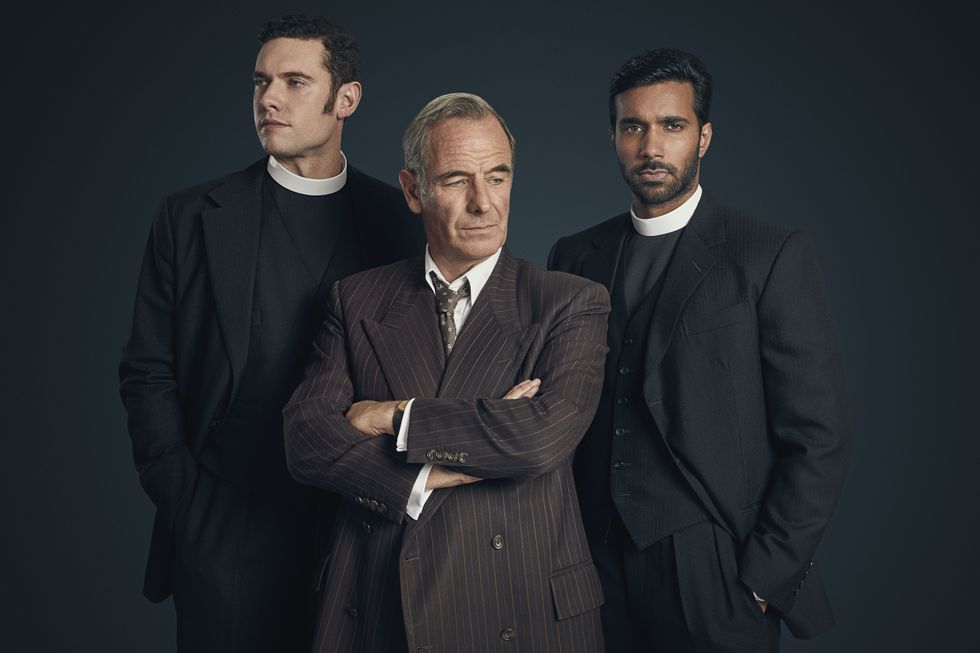 Nair with Tom Brittney and Robson Green in a poster for the show
Nair with Tom Brittney and Robson Green in a poster for the show











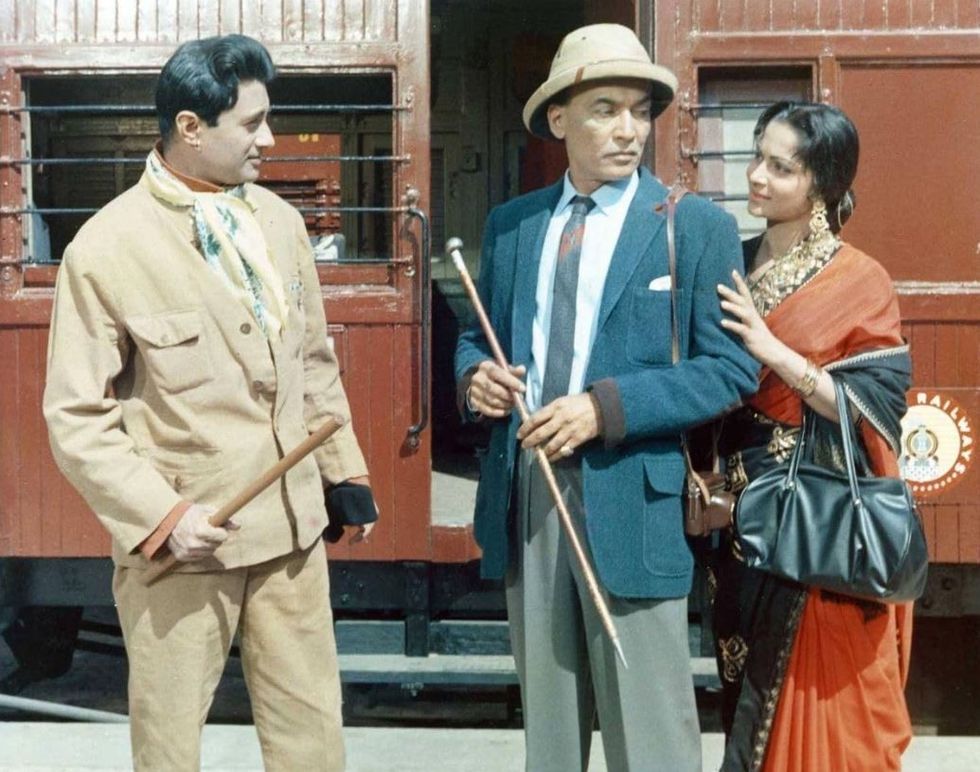
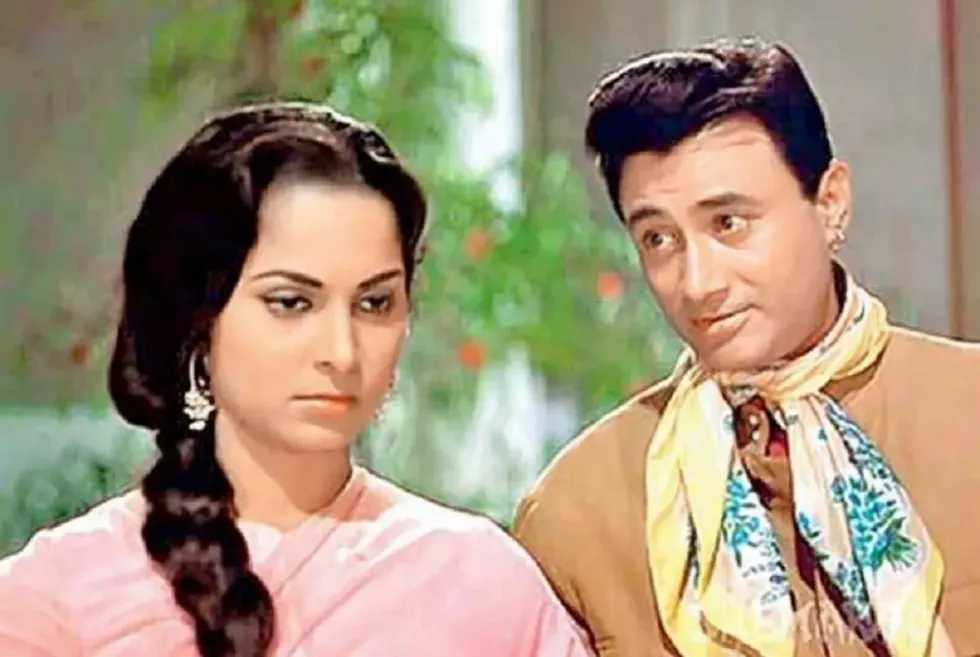
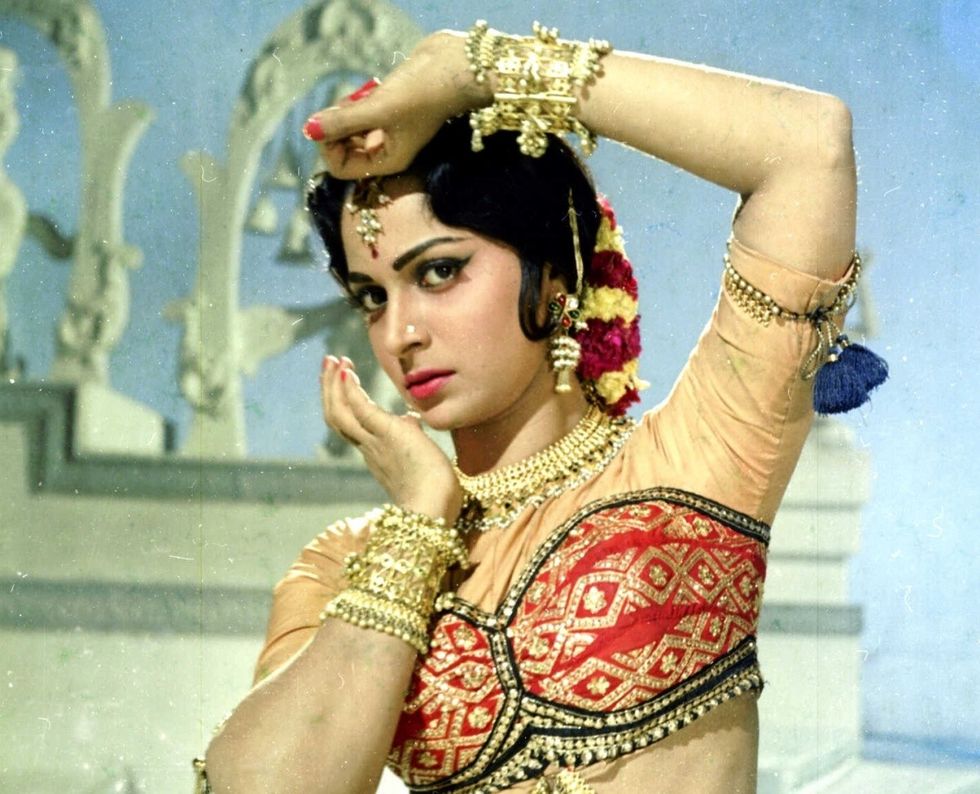
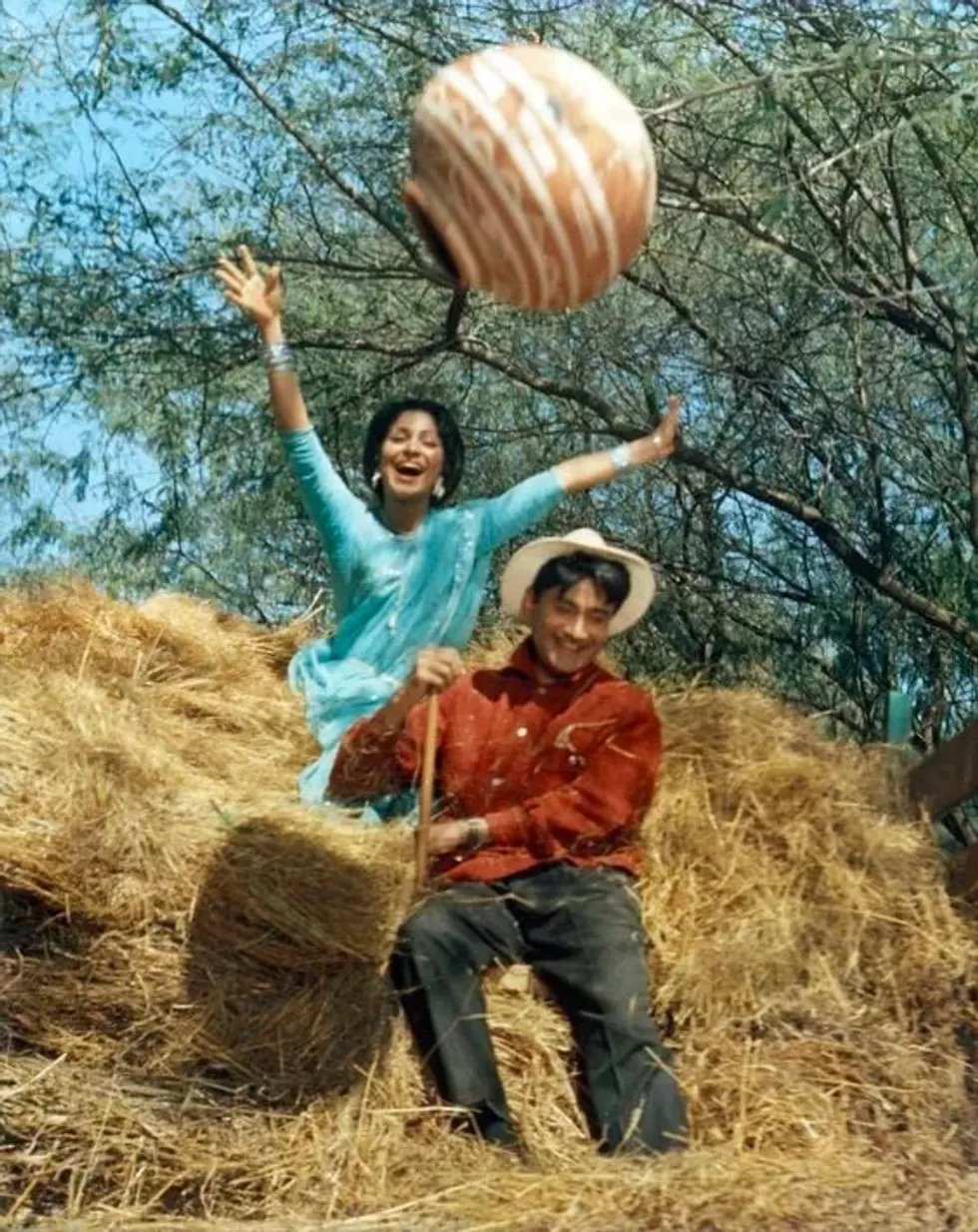
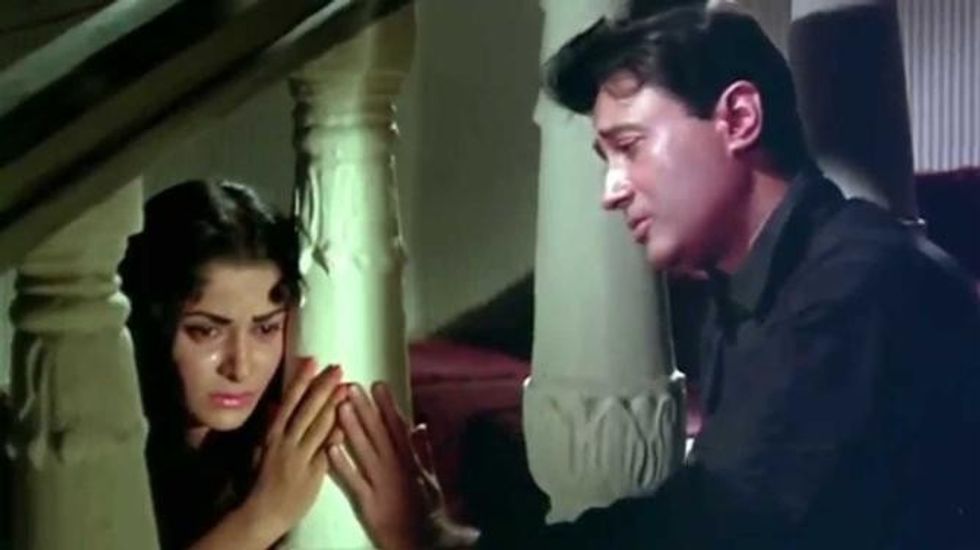
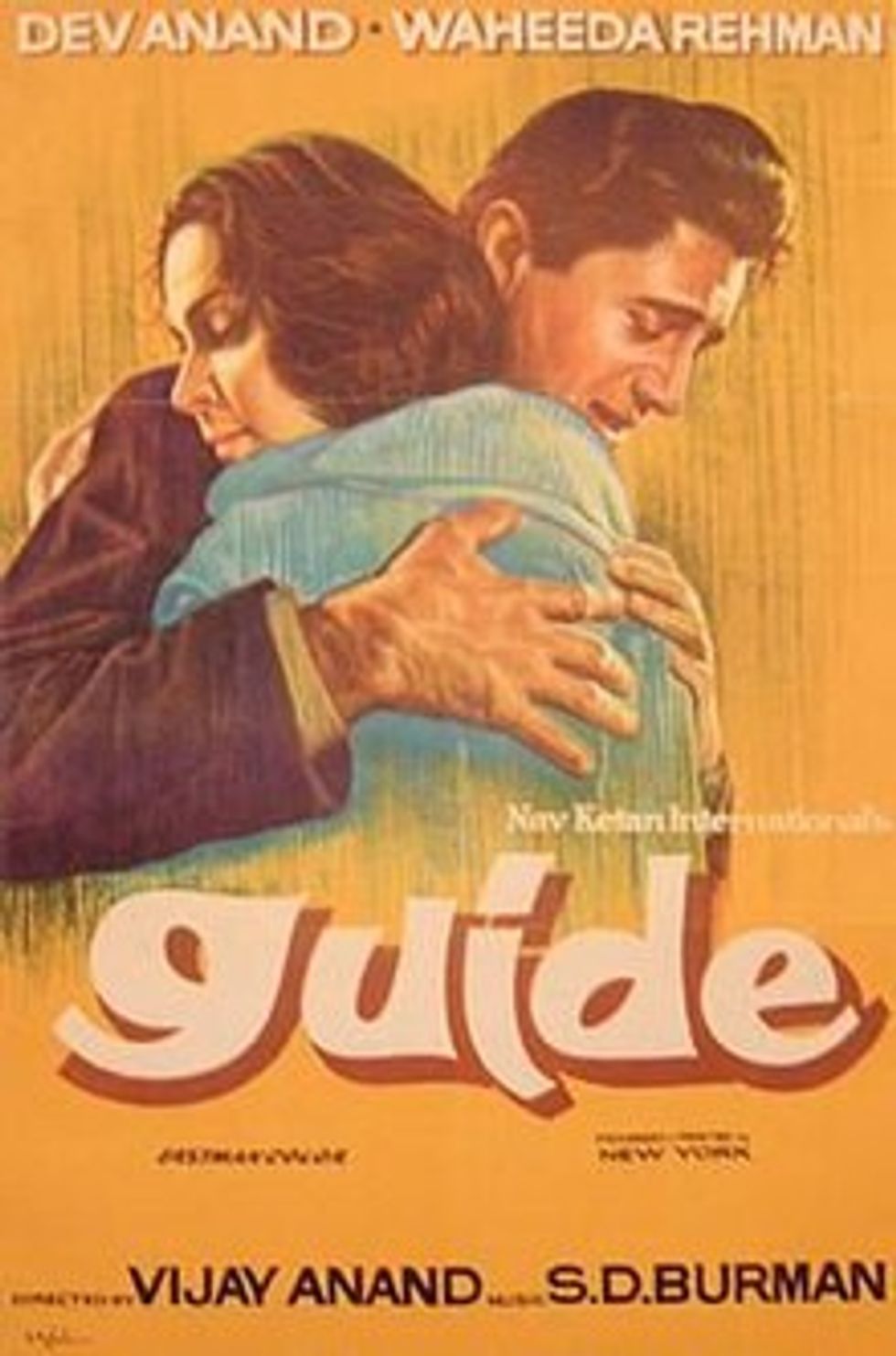 The film’s poster
The film’s poster
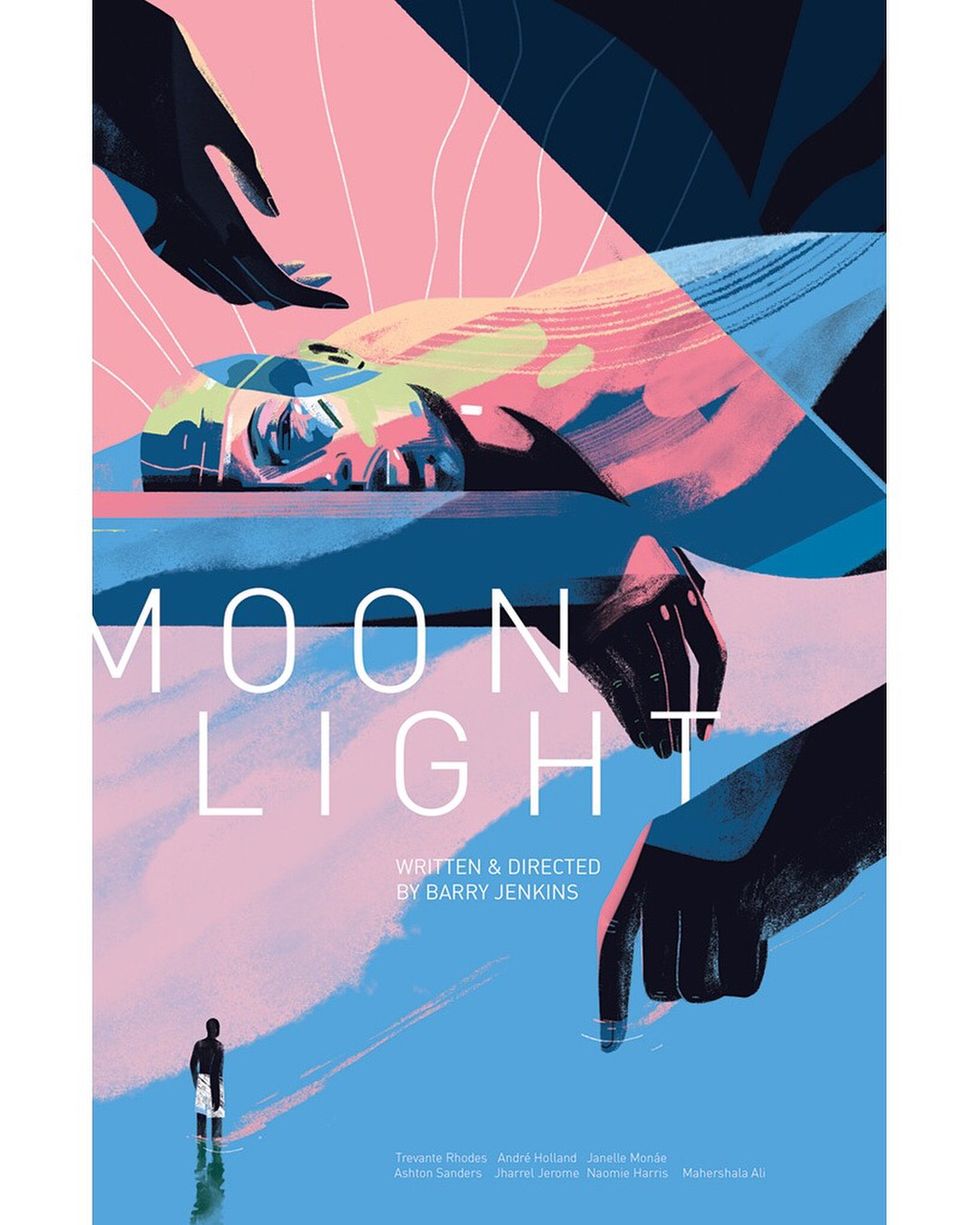 A timeless story of identity, love, and self-discovery – Moonlight shines beyond the screenInstagram/moonlightmov
A timeless story of identity, love, and self-discovery – Moonlight shines beyond the screenInstagram/moonlightmov
